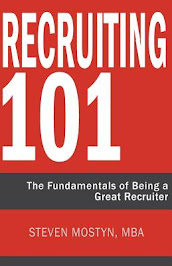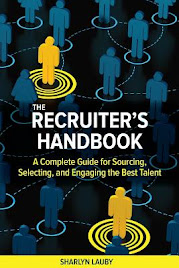In the competitive landscape of modern business, the quality of a company's workforce is a critical determinant of success.
Effective recruitment and selection processes are essential for attracting and hiring top talent, fostering a positive work environment, and driving organizational growth.
As leaders, understanding the intricacies of recruitment and selection is paramount to building high-performing teams.
- The leader's role in recruitment and selection
- Key stages of the recruitment and selection process
- Key Considerations for effective recruitment and selection
- Common Challenges in recruitment and selection
- Best practices for successful selection and recruitment
- Conclusion - Employee recruitment and selection
The Leader's Role in Recruitment and Selection
While human resources departments often manage the initial stages of recruitment, leaders play a pivotal role in shaping the process.
Their deep understanding of the team's dynamics, culture, and specific job requirements is invaluable in identifying the ideal candidates.
Leaders can provide valuable insights into the daily challenges and expectations of the role, ensuring that new hires are well-prepared and equipped to succeed.
Key Stages of the Recruitment and Selection Process
The recruitment and selection process typically involves several key stages:
- Job Analysis: Clearly define the job requirements, including responsibilities, skills, qualifications, and experience needed.
- Recruitment Planning: Develop a recruitment strategy, including channels to attract candidates (e.g., job boards, social media, employee referrals).
- Candidate Screening: Review resumes and applications to identify qualified candidates based on their skills and qualifications.
- Initial Interviews: Conduct initial interviews to assess candidates' suitability and gather more information about their experience and career goals.
- Assessment and Testing: Utilize assessments and tests (e.g., aptitude tests, personality assessments) to evaluate candidates' skills and competencies.
- Final Interviews: Conduct final interviews with top candidates to assess their fit with the company culture and team dynamics.
- Reference Checks: Verify candidates' references to confirm their qualifications and work history.
- Job Offer: Extend a job offer to the selected candidate, including salary, benefits, and start date.
Key Considerations for Effective Recruitment and Selection
- Alignment with Company Culture: Ensure that candidates align with the company's values, mission, and vision.
- Skill Assessment: Use appropriate assessment tools to accurately evaluate candidates' skills and abilities.
- Diversity and Inclusion: Promote diversity and inclusion in the recruitment process to create a more inclusive and equitable workplace.
- Candidate Experience: Provide a positive candidate experience throughout the process to attract top talent.
- Legal Compliance: Adhere to all relevant employment laws and regulations.
Common Challenges in Recruitment and Selection
- Talent Shortage: Difficulty finding qualified candidates for specific roles.
- Candidate Ghosting: Candidates withdrawing from the process after accepting a job offer.
- Bias in Hiring: Unconscious biases that can influence hiring decisions.
- High Turnover Rates: Difficulty retaining top talent due to various factors, such as poor company culture or lack of career advancement opportunities.
Best Practices for Successful Selection and Recruitment
- Employer Branding: Develop a strong employer brand to attract top talent.
- Employee Referral Programs: Leverage employee referrals to find qualified candidates.
- Leverage Technology: Utilize recruitment technology tools to streamline the process and enhance efficiency.
- Continuous Improvement: Regularly review and refine recruitment and selection processes to improve effectiveness.
- Employee Engagement: Foster a positive work environment to retain top talent and attract new hires.
Conclusion - Employee Recruitment and Selection
Effective recruitment and selection are essential for building high-performing teams and driving organizational success.
By understanding the key stages, considerations, and challenges involved in the process, leaders can develop strategies to attract and hire top talent, create a positive work environment, and achieve long-term organizational goals.








0 Comments